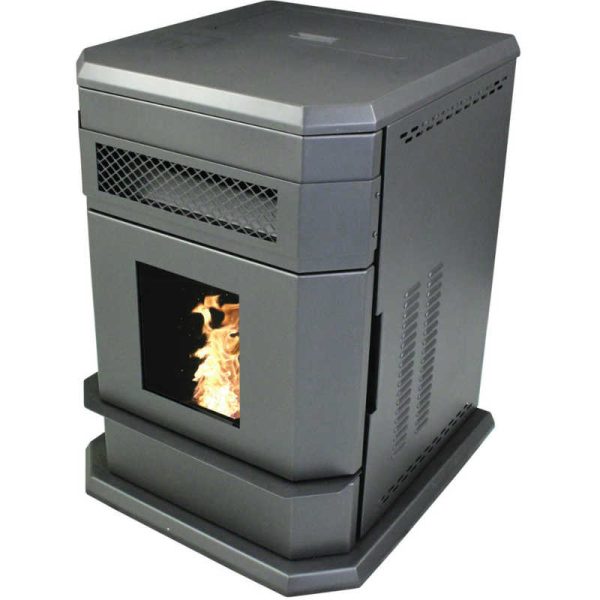Dream BIG
Burning wood pellets cost more than burning firewood. But not a lot more, honestly. Remember our chart of heating fuel costs per million BTUs? Here it is again, with info from November of this year:
Those are Maine prices, but they’re high in my experience. It might be because I live in the poor-people-land part of Maine. God knows what people with whales on their pants pay for things Downeast. They’ve usually got more money in their Ikea couch cushions than I have in my bank account, but that’s their problem. Or mine, I forget which.
Pellets are flirting with $300 a ton nowadays, even for the ho-hum brands, but you’d have to be burning some artisanal free-range pellets to spend $385 a ton. Same thing with firewood. I haven’t bought any lately, but you’d have to swallow the dealer’s buncombe about just how “seasoned” their firewood is to pay $350 a cord. Green firewood you dry yourself costs much less, and no matter what it costs, you’ll be drying it yourself, remember?
But let’s go with these numbers. You’re buying kiln-dried firewood, and pellets from forests filled with trees on the endangered species list. What would it take to produce the 800,000,000 BTU WAG (wild-assed-guess) I made yesterday, depending on the fuel, at today’s prices? Lessee:
- Firewood: $12,728
- Wood Pellets: $18,664
- Heating Oil: $22,840
Rely on my experience in these matters (if you dare): The firewood number is way off, but then again, it’s not. Firewood isn’t that expensive to buy, but then again, a firewood furnace is a woefully inefficient thing compared to something like an oil burner in good working order. Lots and lots of BTUs go up the chimney. It’s the nature of the steel beast. And the amount of BTUs you get out of the woodpile varies greatly, from log to log. But the number is wrong in two directions, so maybe it balances out.
As far as wood pellets go, I actually know how much it cost me to get 800,000,000 BTUs. We paid a total of around $12,500 for 50 tons of the stuff. It averaged around $250 a ton. No one selling it that cheaply this year, though, but you can still buy perfectly usable pellets for $300 a ton, with free delivery and no tax (heating fuel isn’t taxed in Maine). So using today’s prices, wood pellets would cost $15,000 for 8 million BTUs-worth.
The other costs to consider are what the heating plants cost to buy. The firewood furnace only cost us about a grand. The pellet stove cost about two grand. An oil burner would have cost me $10,000 to install ten years ago, and probably more now. Yikes. And that’s just the cover charge to get into the crude oil dance, remember?
So buying a pellet stove and installing it ourselves and fixing it ourselves cost about half of what it would cost to buy, have installed, maintain, and buy fuel for an oil burner.
But our pellet stove cost even less than what I listed. Here’s how to save even more on your pellet stove: Buy a domain name with “wood pellet” in it. It costs $12 a year. Load WordPress on a hosting server. WordPress is free, and hosting is cheap. Get a free theme for your website. Write 12 search-engine-optimized reviews of pellet stoves and pellet brands and publish them on the website. Slap Google Adsense on the website. Whenever any of about 300 people (over 10 years) leave a comment, whether to ask a question or simply complain about something, answer it politely. Collect enough money from Google to pay for the website and the pellet stove, and make some inroads on paying for all the pellets, too. Easy.
But I’m not satisfied. I’m never satisfied, am I? I got tired of shoveling firewood into the furnace, and only sleeping 3 hours at a stretch in the winter. I got tired of humping 8 tons of pellets into my basement every year, and then humping them up the stairs 40 pounds at a time. I got tired of vacuuming out the pellet stove. I began to dream. Not only that, I began to dream BIG. I dreamed of a dial on the wall, and if you turned it, the temperature in the house simply changed. I dreamed of a heat pump.
[To be continued]







Recent Comments